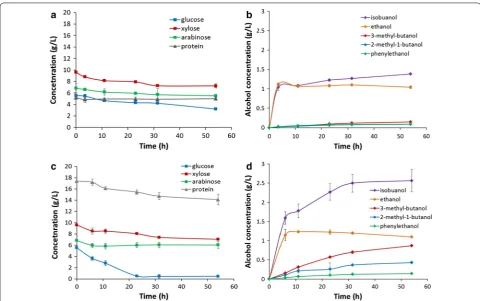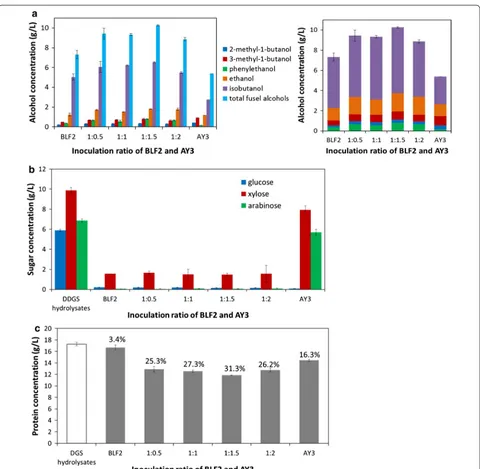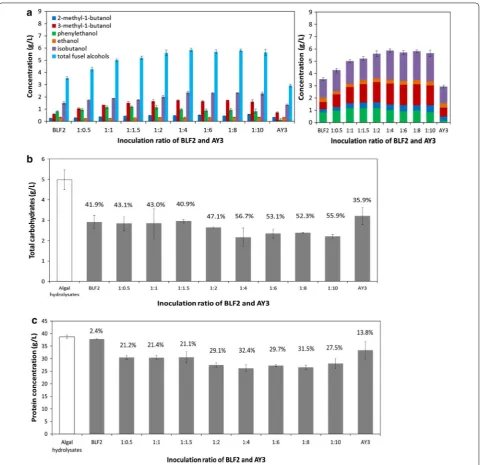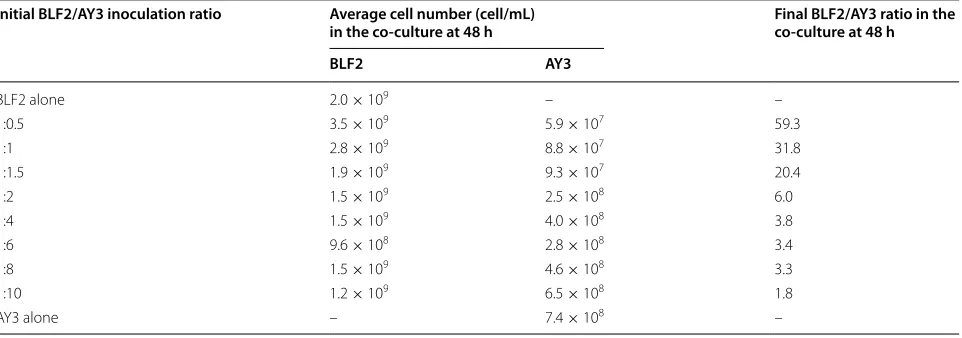Bioconversion of distillers’ grains hydrolysates to advanced biofuels by an Escherichia coli co-culture
Full text
Figure
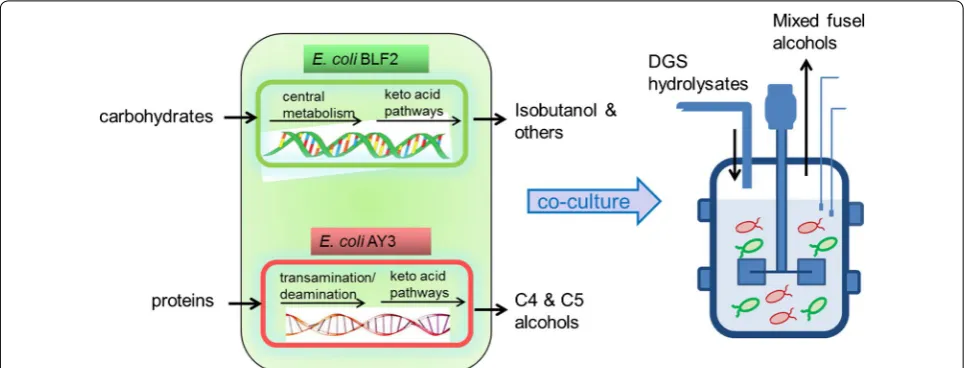
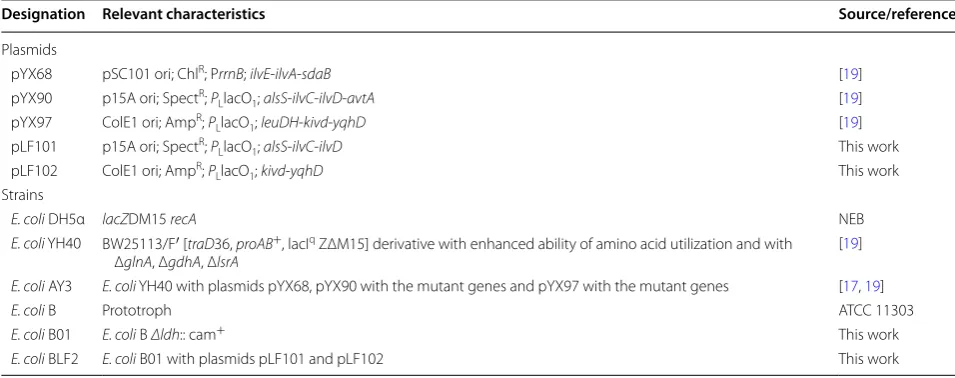
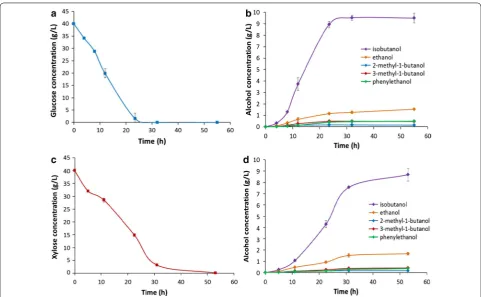
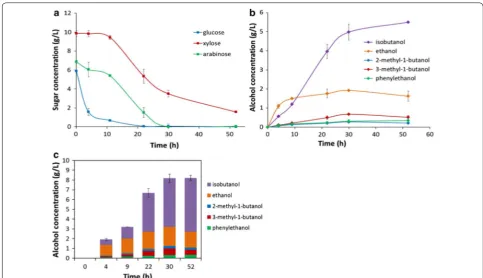
Related documents
The sera of spina bifida patients with latex allergy and those without clinical symptoms of latex allergy were studied for the presence of latex specific IgE using recombinant
We compared the computed minimal precursor sets to experimentally obtained growth media of several Escherichia coli strains using genome‑scale metabolic networks.. Conclusions:
analysis..………...81 Table 3.8 The number of days for microbial growth on Fraser fir discs*.………..82 Table 3.9 The number of days for microbial growth on unwaxed
Results: There were no signifi cant differences between treatment groups on the co-primary effi cacy outcome measures, change in the Brief Pain Inventory (BPI) average pain severity
however, the tunable filters are usually difficult to design and control with just one single controllable element, especially for narrow band tunable filters over wide
Subjects were patients with diabetes who visited the diabetic foot clinic at a university hospital in Tokyo and evaluated skin hydration on the heel between April 2008 and March
Cost effectiveness of a 21-gene recurrence score assay versus Canadian clinical practice in post-menopausal women with early- stage estrogen or progesterone-receptor-positive,
In this paper, we have extended the notion of finite-time stability to homogeneous non-Lipschitz systems, especially in the case of the lower-triangular non-linear systems, using
